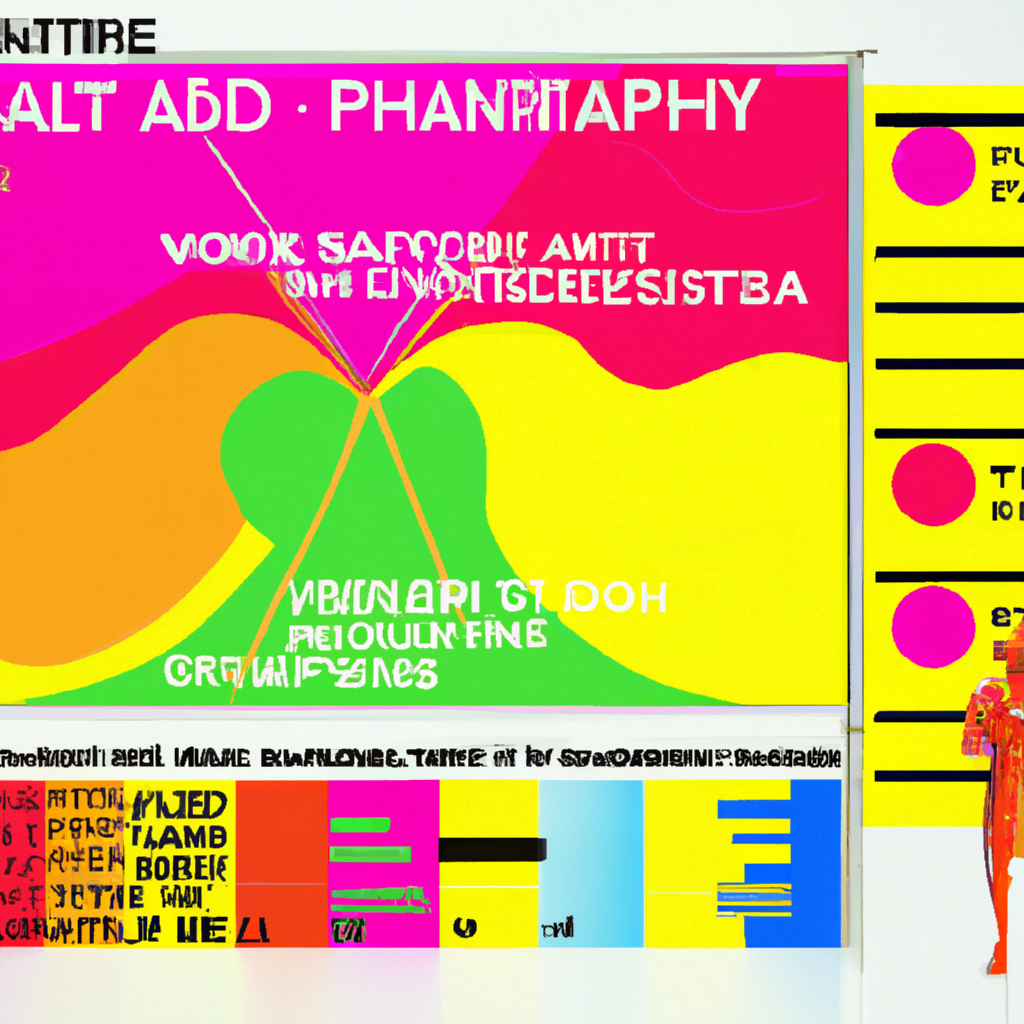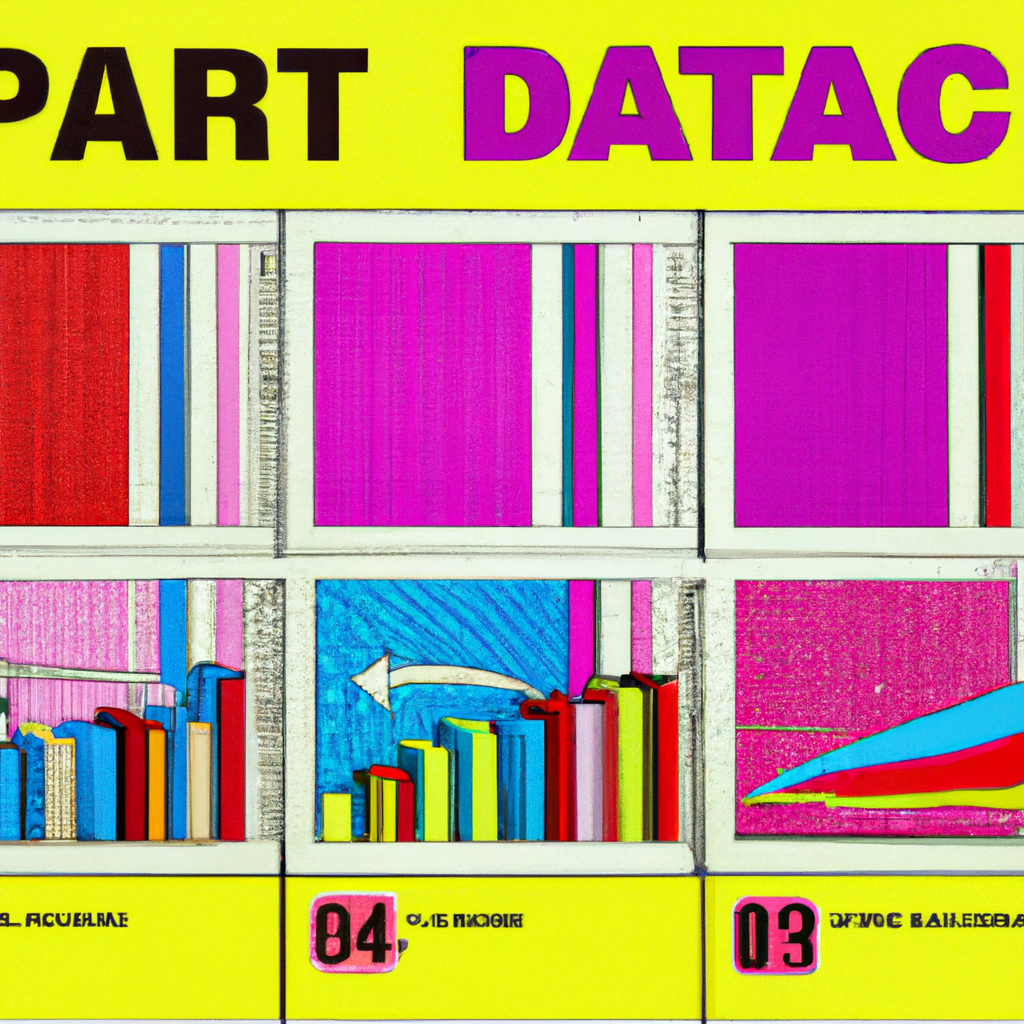
-
Table of Contents
Infographics: Presenting Data Visually

Infographics are a powerful tool for presenting data visually. They are a combination of text, images, and graphics that help to convey complex information in a simple and easy-to-understand way. Infographics have become increasingly popular in recent years and for good reason. They are an effective way to communicate information, and they can be used in a variety of contexts, from marketing to education to journalism.
What are Infographics?
Infographics are visual representations of data, information, or knowledge. They are designed to make complex information more accessible and understandable. Infographics can take many forms, from simple charts and graphs to more complex designs that incorporate images, text, and other visual elements.
Infographics are often used to present statistical data, such as survey results or demographic information. They can also be used to explain complex processes or concepts, such as how a particular technology works or how a medical procedure is performed.
The Benefits of Infographics
There are many benefits to using infographics to present data. One of the main benefits is that they are visually appealing and engaging. Infographics are designed to be eye-catching and attention-grabbing, which makes them more effective at communicating information than plain text.
Infographics are also more memorable than plain text. Studies have shown that people are more likely to remember information that is presented in a visual format than information that is presented in a text-only format. This is because the brain processes visual information more quickly and efficiently than text.
Infographics are also more shareable than plain text. People are more likely to share content that is visually appealing and easy to understand, which means that infographics are more likely to be shared on social media and other online platforms.
Examples of Infographics
There are many different types of infographics, each designed to convey a different type of information. Some common types of infographics include:
- Statistical infographics, which present data in the form of charts and graphs
- Process infographics, which explain how a particular process works
- Timeline infographics, which show the progression of events over time
- Comparison infographics, which compare two or more things
- Geographic infographics, which show data related to a particular location
Here are some examples of infographics:

This infographic from the World Health Organization presents information about the coronavirus pandemic in a simple and easy-to-understand way. It uses a combination of text, images, and graphics to convey important information about the virus, such as how it spreads and how to protect yourself.

This infographic from NerdWallet presents information about credit scores in a visual format. It uses a combination of charts and graphs to show how credit scores are calculated and what factors can affect them.
Creating Infographics
Creating an infographic can be a complex process, but there are many tools and resources available to help make it easier. Some popular tools for creating infographics include Canva, Piktochart, and Venngage.
When creating an infographic, it’s important to keep the following tips in mind:
- Keep it simple: Infographics should be easy to understand and visually appealing. Avoid cluttering the design with too much information or too many graphics.
- Use colour strategically: Color can be used to highlight important information and make the design more visually appealing. However, too much colour can be overwhelming.
- Choose the right type of infographic: Different types of infographics are better suited for different types of information. Choose the type of infographic that best fits the information you want to convey.
- Make it shareable: Infographics are more effective when they are easy to share on social media and other online platforms. Make sure your infographic is optimized for sharing.
Conclusion
Infographics are a powerful tool for presenting data visually. They are visually appealing, memorable, and shareable, making them an effective way to communicate information in a variety of contexts. When creating an infographic, it’s important to keep it simple, use colour strategically, choose the right type of infographic, and make it shareable. With these tips in mind, anyone can create an effective and engaging infographic.
